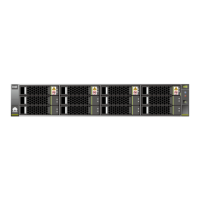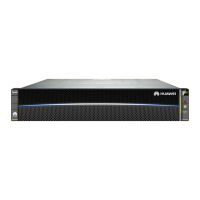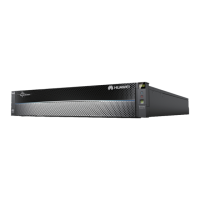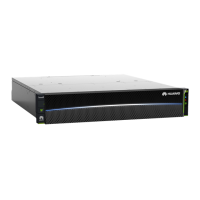
Do you have a question about the Huawei OceanStor 2200 V3 and is the answer not in the manual?
| Maximum Number of Drives | 24 |
|---|---|
| Drive Types Supported | SSD, SAS, NL-SAS |
| Operating System | OceanStor OS |
| Power Supply | Redundant power supplies |
| Form Factor | 2U |
| Operating Humidity | 5% to 95% (non-condensing) |
| Controller | Dual-controller |
| Controller Enclosures | 2 |
| Host Interface | 8 Gbps FC, 16 Gbps FC, 10 Gbps iSCSI, 1 Gbps iSCSI |
| Supported Protocols | CIFS, NFS, iSCSI, FC |
| Cache Memory | 8 GB per controller |
| RAID Levels | 0, 1, 5, 6, 10 |
| Operating Temperature | 0°C to 35°C (32°F to 95°F) |
| Storage Type | Hybrid Flash |
Details the steps for configuring remote replication, including setting up pairs.
Guides on creating synchronous and asynchronous remote replication pairs.
Step-by-step guide for creating synchronous remote replication pairs for V300R006C00.
Instructions for creating synchronous remote replication pairs for V300R006C10.
Step-by-step guide for creating asynchronous remote replication pairs for V300R006C00.
Instructions for creating asynchronous remote replication pairs for V300R006C10.
Explains how to create consistency groups for data consistency across multiple LUNs.
Details how to verify successful data replication and switchover after configuration.
Provides a practical example of configuring remote replication for central backup and disaster recovery.
Guides on verifying data replication and switchover after DR solution setup.
Explains how to view status and details of existing remote replication pairs.
Describes manual data synchronization to ensure consistency after split or interruption.
Explains splitting a pair to save data at a point in time or expand bandwidth.
Guides on switching primary/secondary roles for resources in a replication pair.
Explains how to view information and monitor the status of consistency groups.
Describes simultaneous data synchronization for all pairs in a consistency group.
Explains splitting all pairs in a consistency group to generate full data copies.
Guides on switching primary/secondary roles for LUNs within a consistency group.
Details enabling read-only protection for secondary resources in consistency groups.
Guides on adding a remote replication pair to a consistency group for data consistency.
Compares synchronous and asynchronous replication modes and their application scenarios.











